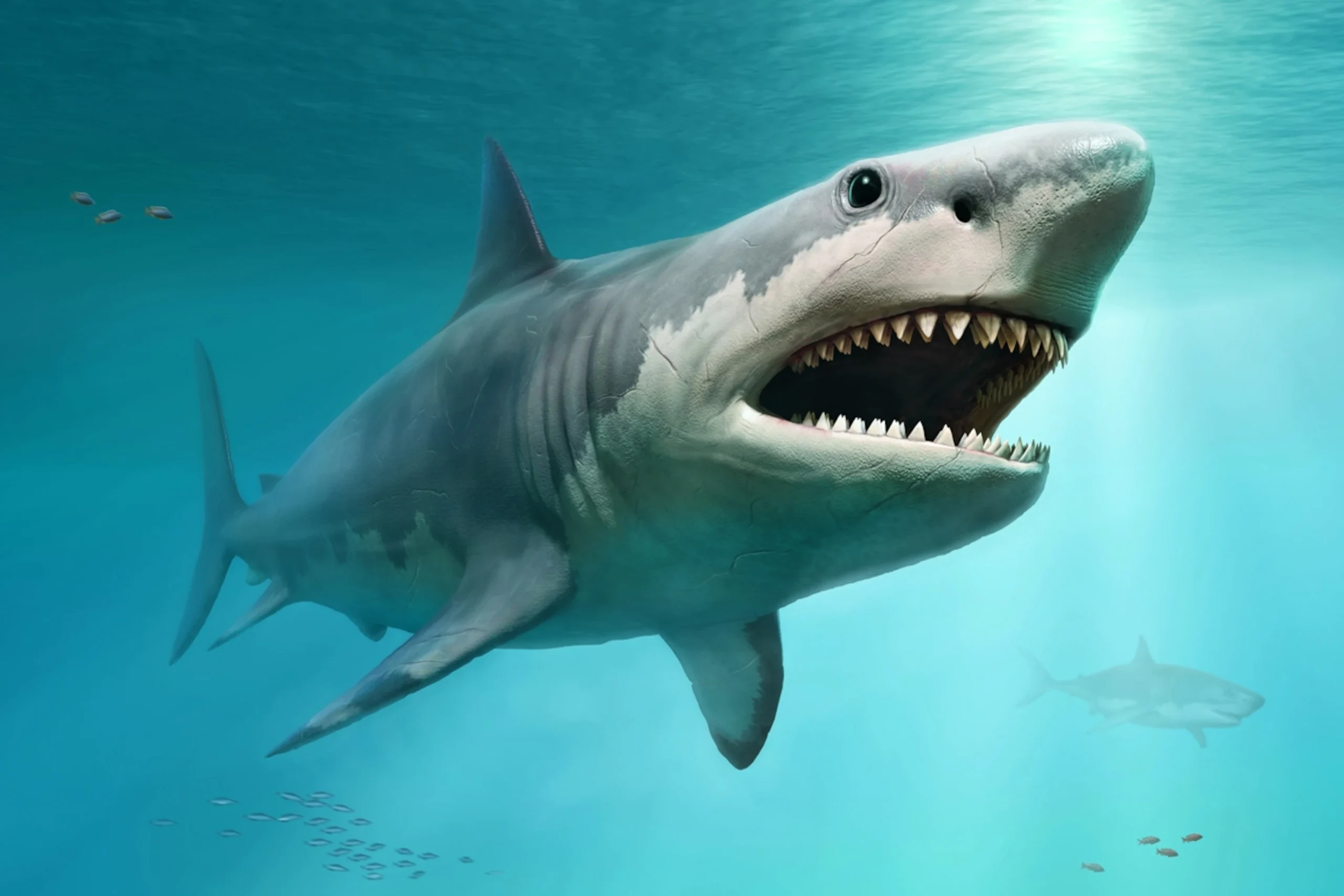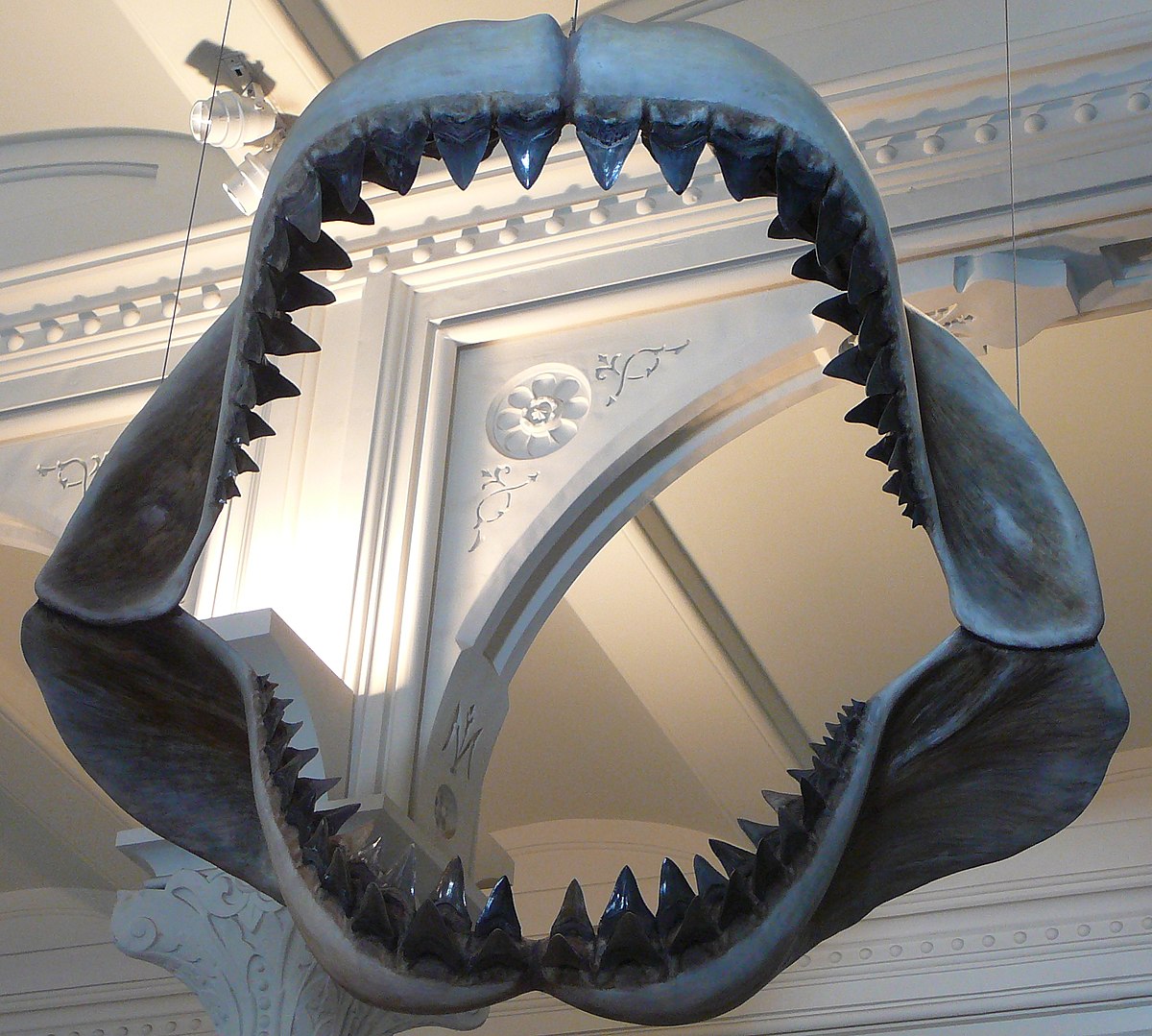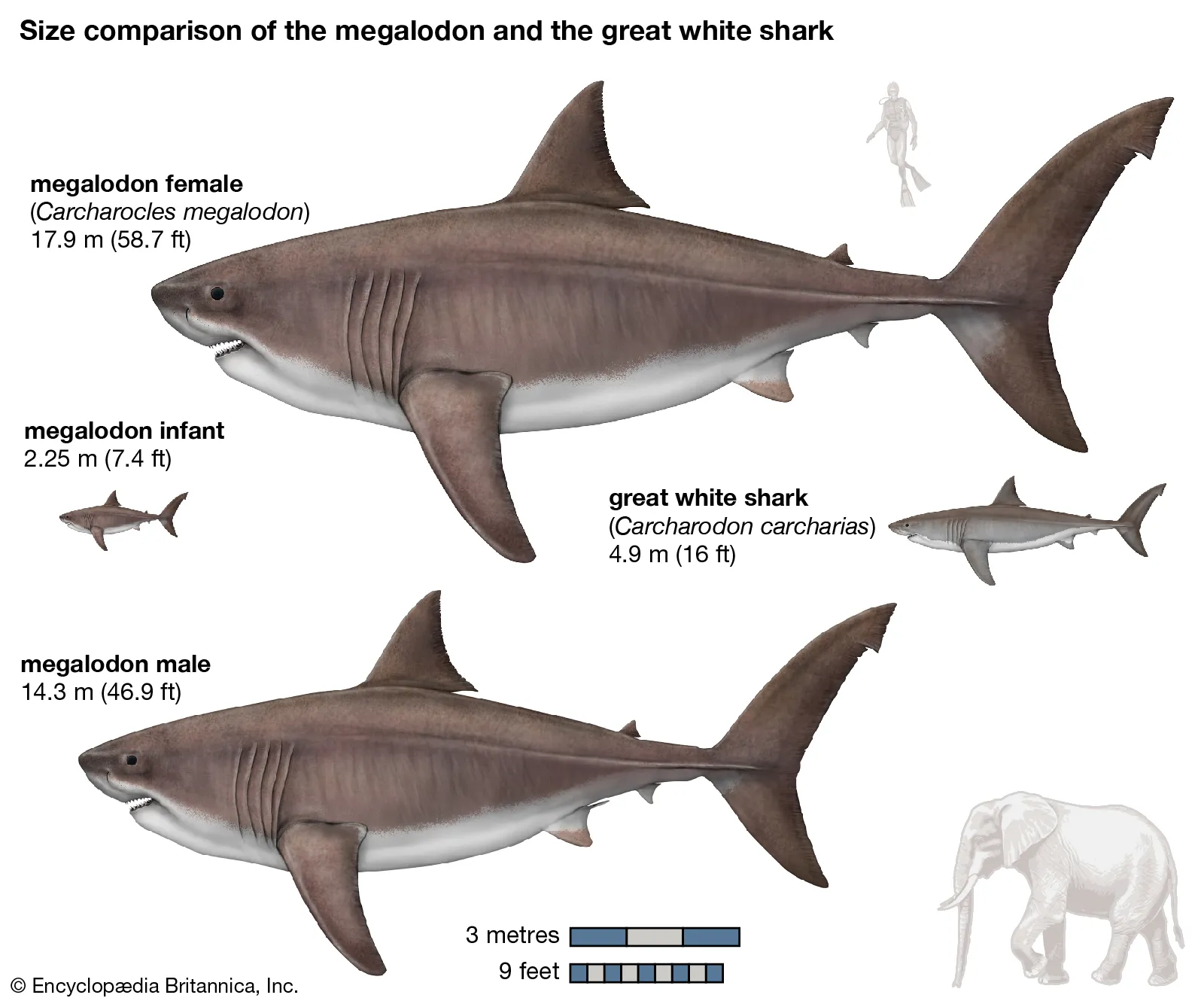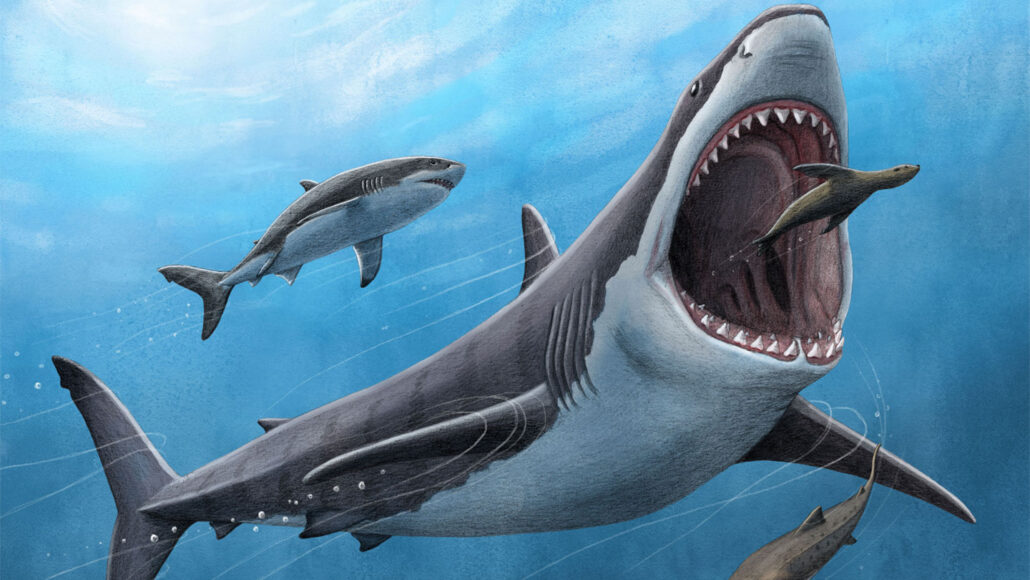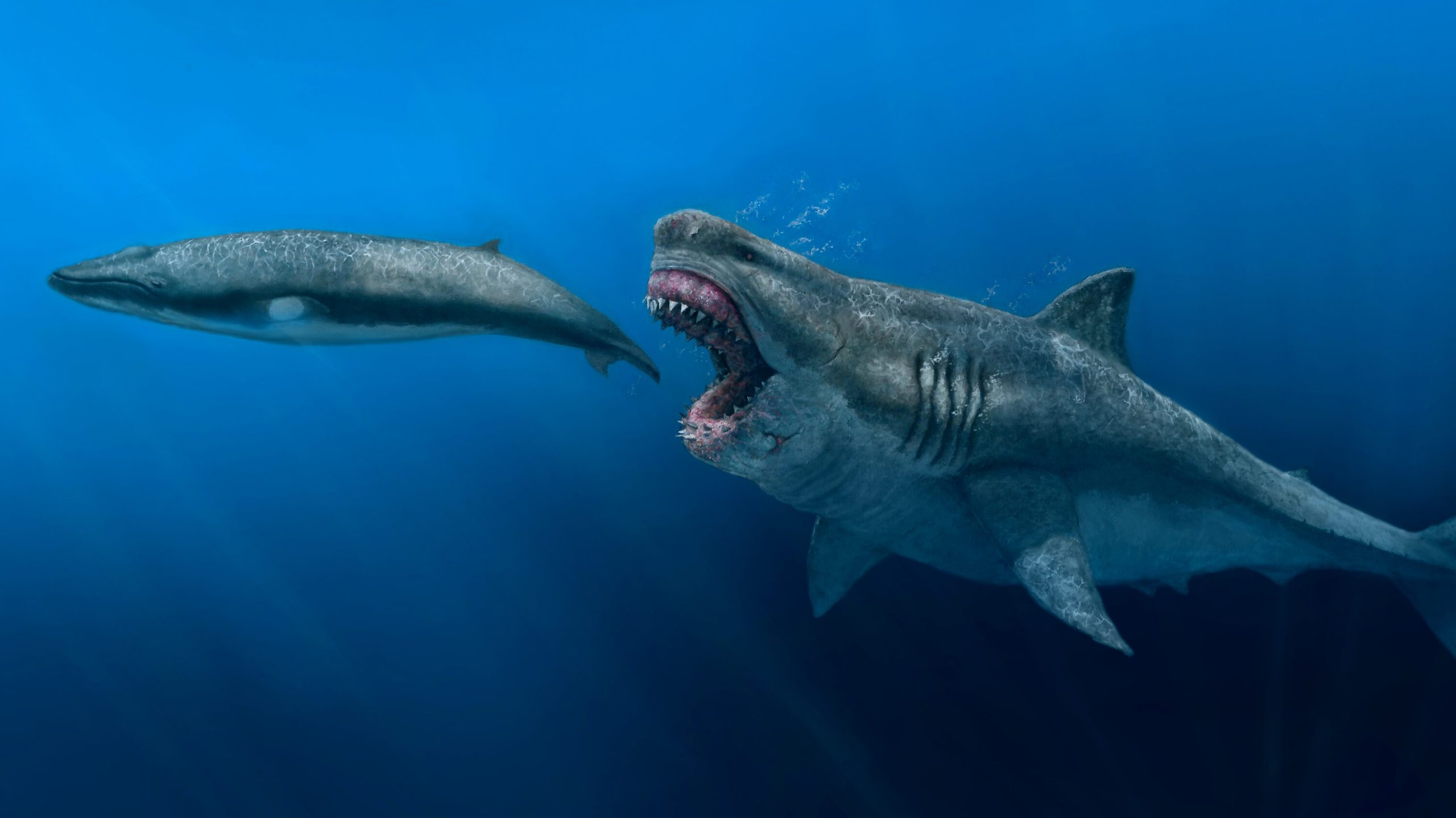The Mighty Megalodon: A Colossal Shark of the Past
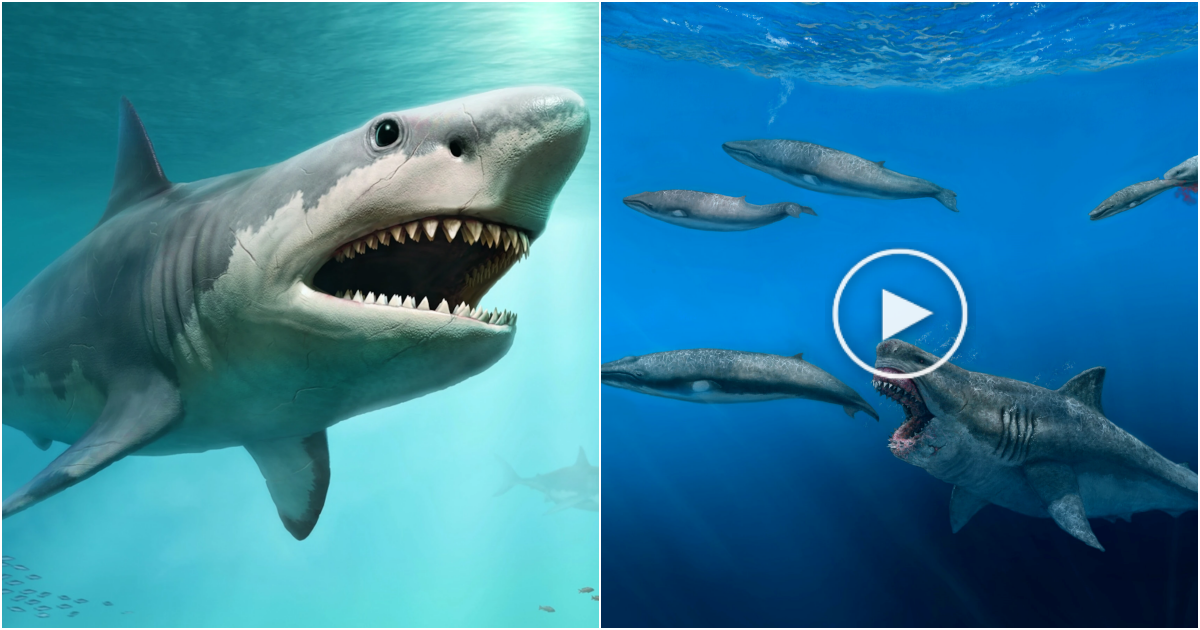
In the vast expanse of the ocean’s depths, a creature once reigned supreme—a fearsome predator known as the megalodon. With its immense size and impressive array of teeth, this colossal shark captivates the imagination. Although long extinct, the megalodon’s legacy endures as a testament to the awe-inspiring creatures that once roamed the ancient seas.
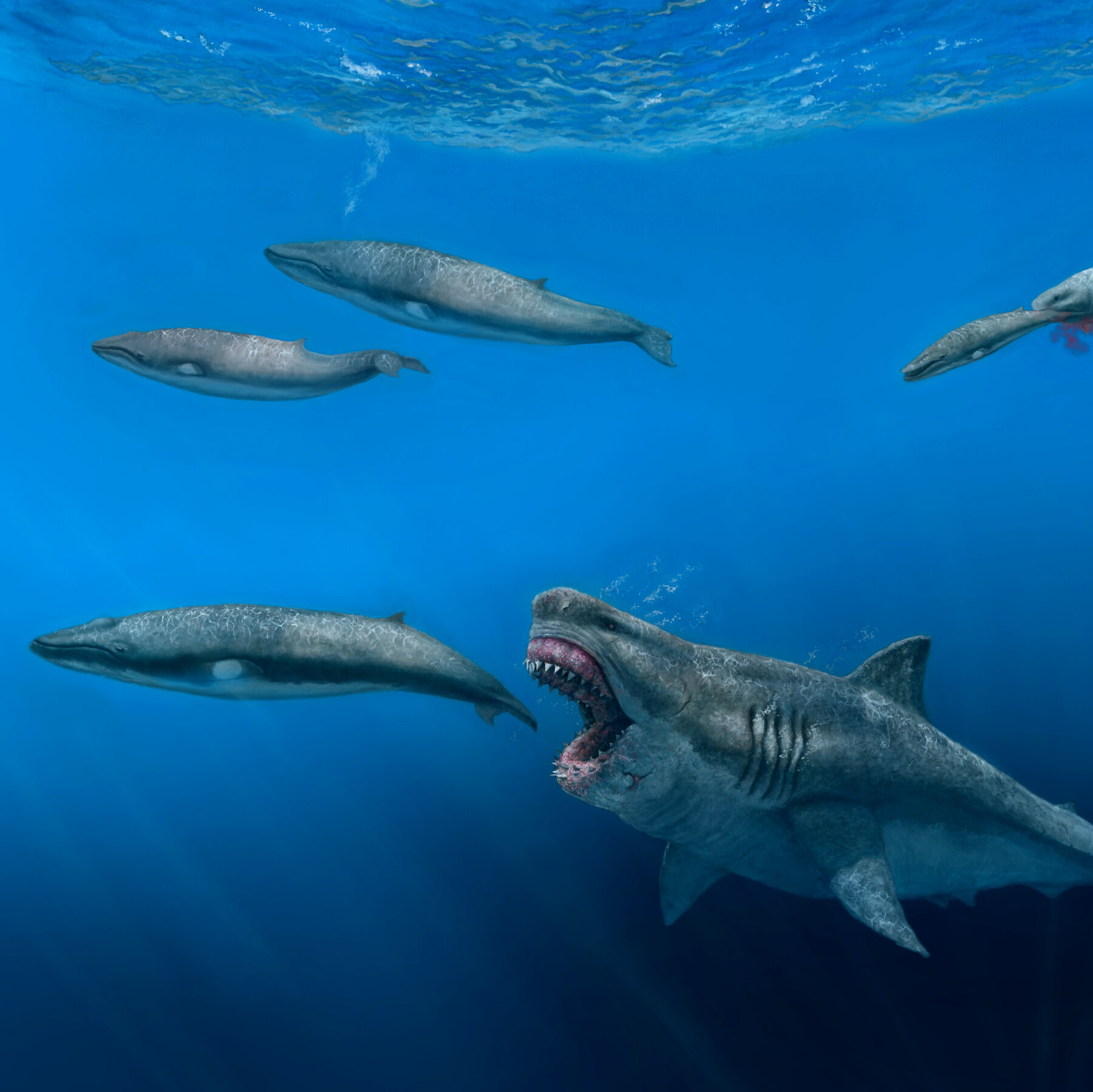
- Rise of the Megalodon:
- The megalodon, scientifically named Carcharocles megalodon, existed approximately 17 to 3 million years ago.
- It held the title of the most renowned prehistoric shark, surpassing all other known shark species in size.
- Reaching lengths of up to 60 feet, it rivaled the dimensions of a boxcar, making it one of the largest known predators in history.
- Only the modern-day blue whale, weighing up to 200 tons, surpassed the megalodon in sheer mass.
- A Ferocious Appetite:
- To sustain its colossal size, the megalodon required an astonishing amount of food, estimated at 2,500 pounds per day.
- This dietary demand is comparable to a human consuming around 3,300 cans of tuna daily.
- The megalodon’s prey consisted primarily of marine mammals such as whales, dolphins, seals, and possibly other sharks.
The Enormous Jaws and Teeth:
- Alongside its immense body, the megalodon possessed a vast mouth capable of accommodating two adults standing side by side.
- The shark’s teeth were strikingly large, resembling bananas in size.
- Due to the continuous shedding of teeth throughout their lifespan, megalodon teeth have been discovered worldwide, providing insights into their habits and distribution.
- It is believed that megalodons frequented shallow waters near coastlines, based on the locations where their teeth have been found.
Predators and Extinction:
- Despite their status as apex predators, newborn megalodons, measuring around six feet in length, were vulnerable to attacks from other adult sharks.
- The megalodon’s ultimate downfall was linked to its inability to adapt to changing environmental conditions.
- As the climate shifted millions of years ago, large marine mammals migrated to colder waters, leaving the megalodons without a sufficient food source.
- Unable to relocate or find alternative prey, the megalodons eventually faced extinction.
